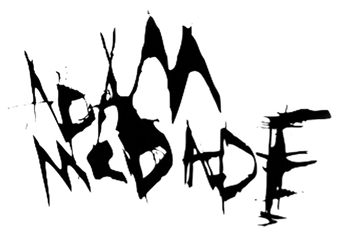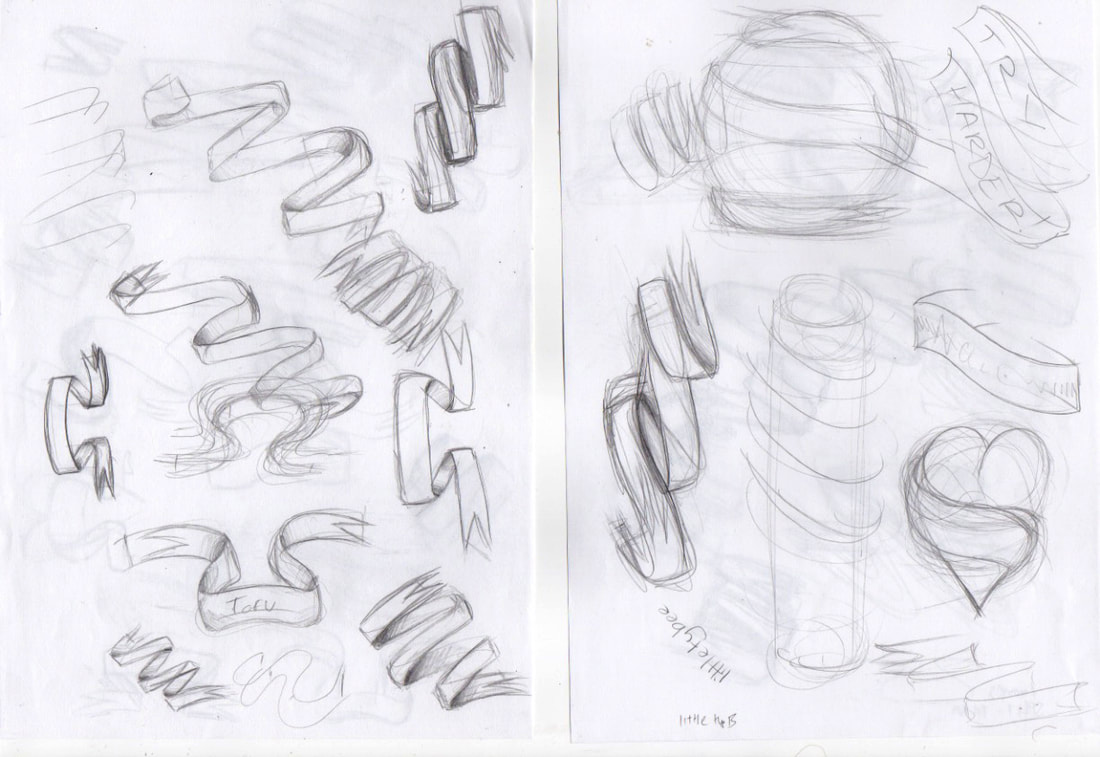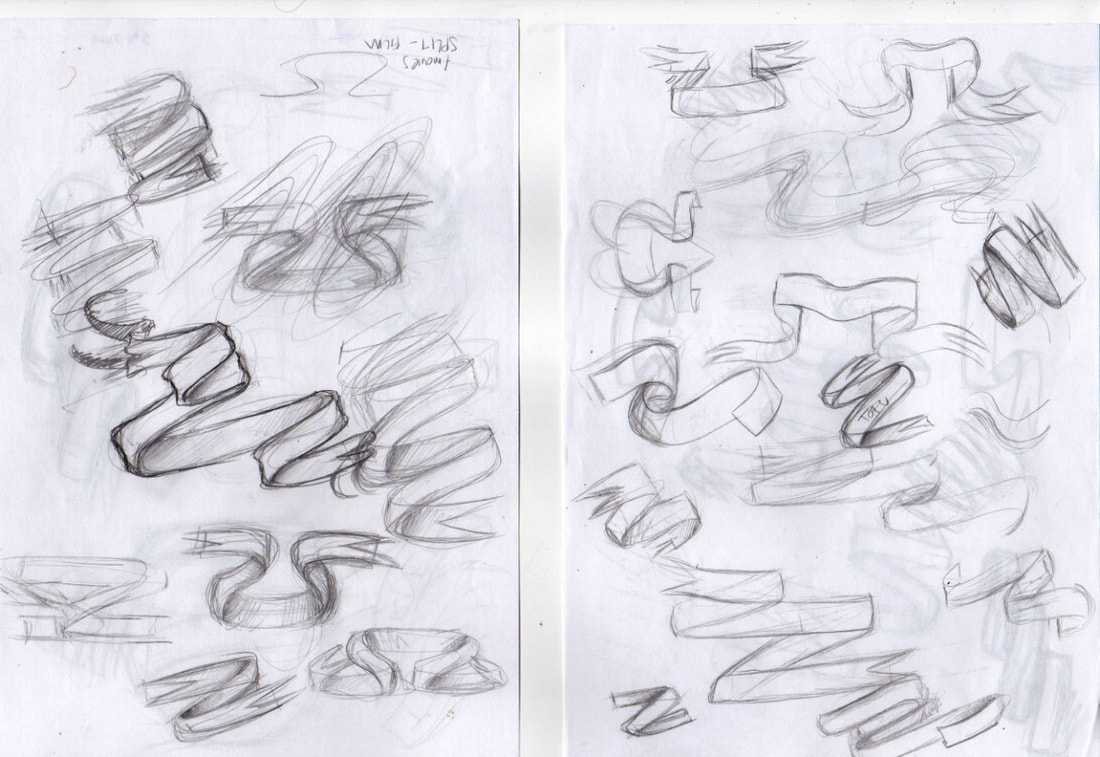At Triplesix it is clear that they have my best interest at heart, and although I am subject to some condescending comments and unpleasant behaviour, it is always meant in good fun, and offered as a side dish to an array of helpful and constructive advice. I’ve learned how to react to innuendos, and to recognise when jokes have been set up to which I am the punch line, meeting them in good humour (and occasionally respond accordingly, depending on my gauge of how sore the sting might be, and if it will be met at the level that can be still considered humorous!).
Part of what I’ve learned after working in the industry now for 3 and a half months is that tattooists are often sensitive beings who struggle with acceptance of social norms and cultural programming, and so react accordingly with jokes that might be considered politically incorrect, or other symbols of non-conformist lifestyle. While I initially struggled and felt that I might come across too serious (my experience of learning new skills has always been from an academic perspective, which is very much taught in a comparatively formal way) I realised that I shared more commonalities with my peers than any other group of individuals I had worked with with any other context. While my sensitivity is expressed through what might be considered ‘radical honesty’ (i.e being uncomfortably open about my insecurities, fears and flaws), others I work with express it and navigate their way through in with humour or lifestyle. There are multiple artists all with their own nuances, and it seems apparent that there is a common wave of something shared between them all – I believe I am also riding on that same wave, in some form or another.
My next drawing task was to sit and draw scrolls or banners, that are common subject in traditional or ‘old school’ tattooing. The task was set so that I began without any advice as to how to approach it, to demonstrate how it was incorrect and compare to an improved version that would be produced after being given some advice. When I sat down to begin, one of the artists came over to show me an example of possible ways to approach the task, which I then attempted, however we where both unaware that I was meant to perform the task incorrectly the first time.
When Bez, the studio founder, saw how I was approaching it, he commented that I was ‘supposed to do it wrong the first time so I can see how to do it right the second time’. Fortunately, I had still managed to do it incorrectly (which of course was pointed out with light hearted enthusiasm) and then shown how to perform it correctly after wards. The process involved creating a long horizontal curved line, and then mirroring with a second line underneath the first, and making sense of where vertical lines might then be placed to create the illusion or a wrapping scroll. Once this had been practised multiple times, I would then be able to consider the material of the scroll and how it might flow around the object that it was wrapping, and where the light might hit and affect the banner.
After multiple attempts met with insecurity in my ability to comprehend my approach, and anxiety that others would be able to observe my poor results, I began to recognise progress and logic to what I was putting on paper. What I was producing was starting to resemble what it was aimed to resemble, though despite looking correct I was struggling to be able to forecast the output prior to putting pencil on paper. After a few attempts I did begin to be able to plan the placement, flow, and texture of the scroll without needing to just figure it out as I went on, and my pages began to look intentional rather than exploratory.
Though the illustrative work I create may not necessarily utilise scrolls, the principles are certainly relevant to any elements of work that utilise flow, which is something I try to incorporate in my compositions often. It was additionally pointed out to me that the way in which I draw for myself will be very different how I might draw for a tattoo, as it wouldn’t be practical to spend 12 hours drawing for a 3-hour tattoo. The task was set in the understanding that in the early years of my career I would be largely doing ‘walk-in’ tattoos (names, symbols, small designs etc.), so wouldn’t necessarily have much more than 20 minutes to draw for such designs.
Though only a technical exercise that was conducted to allow me to approach my work with greater versatility, it also served as a demonstration into how a conventional tattoo brief may be instigated (i.e. the client want’s a name in a scroll that wraps around an image of ‘x’). Below are demonstrations of my attempts at the the exercises, in which my progress appears to be noticeable through practice.
While my PhD research (beginning in October) will serve to explore how multidisciplinary and cross-cultural influences can enrich contemporary tattooing, it is important to understand and recognise the traditions that are already in place in order to promote their artistic evolution. Exercises of such a nature are integral to the foundations of traditional tattooing, and contemporary approaches are rooted in the expansion of traditional foundations.



 RSS Feed
RSS Feed
